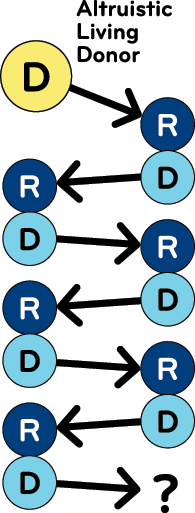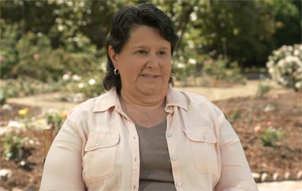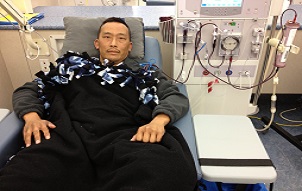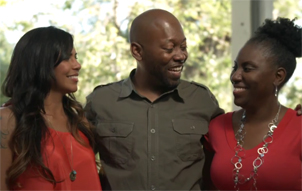Living donors can play the key role in making these types of living donor transplants possible:
Directed Donation
Directed Donation is the donation of a kidney to a specific transplant candidate who may or may not have a biological connection to the donor. Biologically-related donors are blood relatives, such as parents, brothers/sisters, and adult children. Unrelated donors can include people who have some type of social connection with a transplant candidate, such as a spouse or significant other, friend, or coworker. Other unrelated donors may be acquaintances or even strangers who have learned about a transplant candidate.
Non-Directed Donation
These individuals donate to an anonymous candidate on the national waiting list. Some of these donors may eventually meet the transplant recipients, but only if both parties agree.
Paired Exchange

Courtesy National Kidney Registry
This process involves two pairs of potential living kidney donors and transplant candidates who are not compatible. The two candidates “trade” donors so that each candidate receives a kidney from a compatible donor. For example, in Figure 1, Barbara wants to donate to her sister Donna, but they are not compatible. Carlos wants to donate to his wife Maria, but they are also not compatible. By “trading” donors so that Carlos matches Donna and Barbara matches Maria, two transplants are made possible, thus making a paired exchange.
Donor Chains
While altruistic donors may be matched to single recipients, they also play a key role in the relatively new technique of “kidney chains,” which links a series of incompatible pairs of donors and recipients who are compatible with each other. A single altruistic donor could be the catalyst that starts a living donation chain that results in life-saving transplants for many people.
Donor chains are initiated by a non-directed donor and fundamentally change the math of paired exchanges. This allows for better donor-recipient matches and provides a way for poorly compatible donors and recipients to improve donor match compatibility.
 Donor chains have the potential to facilitate highly compatible transplants, in some cases six antigen matches, allowing the transplanted kidney to function longer in the recipient, creating fewer antibodies and allowing the recipient to potentially take lower doses of medications. The first six antigen match between strangers was found in a donor chain by the National Kidney Registry in January of 2008.
Donor chains have the potential to facilitate highly compatible transplants, in some cases six antigen matches, allowing the transplanted kidney to function longer in the recipient, creating fewer antibodies and allowing the recipient to potentially take lower doses of medications. The first six antigen match between strangers was found in a donor chain by the National Kidney Registry in January of 2008.
Many non-directed donors choose to start donor chains because it is a way to help more than one person suffering from kidney failure. One donor chain has the potential to facilitate up to 36 transplants per year. Working in partnership with the National Kidney Registry, California’s kidney transplant programs attempt to start donor chains with as many non-directed donors as possible to maximize the gifts of non-directed donors.




